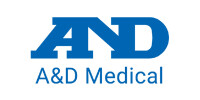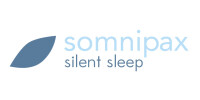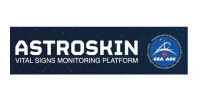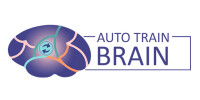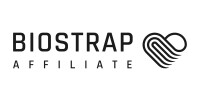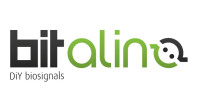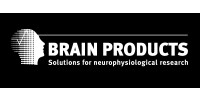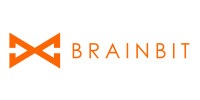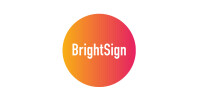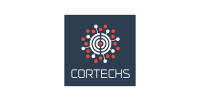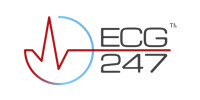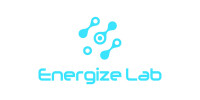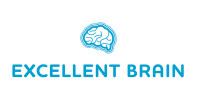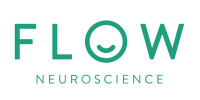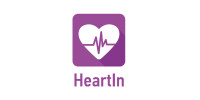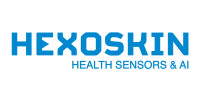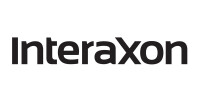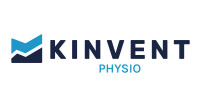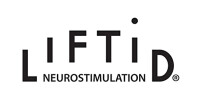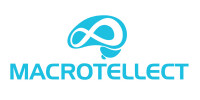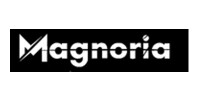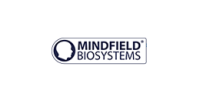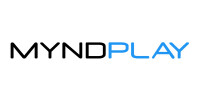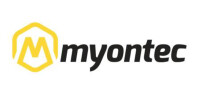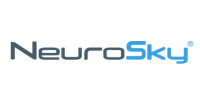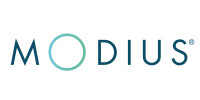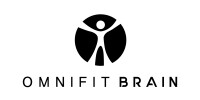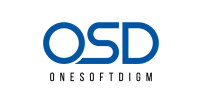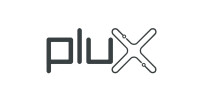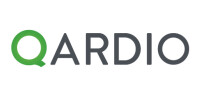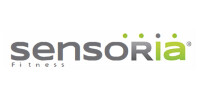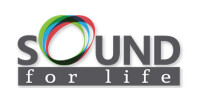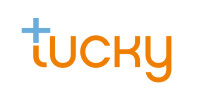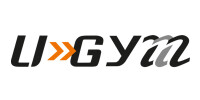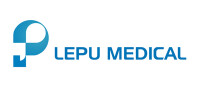
ADHD - Causes, symptoms and treatment
Attention deficit hyperactivity disorder (ADHD): Causes, symptoms and treatment.
ADHD, short for Attention Deficit Hyperactivity Disorder, is a neurodevelopmental disorder that occurs primarily in childhood and is characterised by distinctive patterns of behaviour. In this article, we will explain the main features of ADHD, shed light on possible causes and suggest ways to diagnose and treat it.
What is ADHD? ADHD manifests itself in three main characteristics:
Inattention: sufferers have difficulty focusing their attention on a specific task or activity and maintaining it for a long period of time. They tend to be easily distracted and often make mistakes in tasks.
Hyperactivity: This manifests itself in an excessive urge to move and increased physical restlessness. People with ADHD can be fidgety and have difficulty controlling themselves in situations where calmness is needed.
Impulsivity: Impulsivity is manifested by a lack of self-control and a tendency to act without sufficient thought. Affected individuals may have difficulty controlling their impulses and making rash decisions.
Example cases:
Example 1: Lisa, the school problem
Lisa is a 10-year-old girl in fourth grade. She has recently been diagnosed with ADHD. At school, Lisa has considerable difficulty concentrating on lessons. She is often inattentive and seems to wander off in her thoughts, even on tasks that interest her. Her teacher has noticed that Lisa often forgets her homework and loses her school materials. Despite her intelligence, she has difficulty achieving good grades because she often makes mistakes and turns in tests incomplete. Lisa also has difficulty sitting still at school and not walking around, which sometimes bothers her classmates and teachers. Her parents have consulted a child psychiatrist who has diagnosed her with ADHD. Lisa is now receiving a combination of behavioural therapy and medication to control her symptoms and improve her engagement at school.
Example 2: Markus, the impulsive teenager
Markus is a 16-year-old teenager with ADHD. He has difficulty controlling his impulses and often does not think about the consequences of his actions. At school, Markus tends to make inappropriate comments during class and interrupt his teachers. He has difficulty completing homework on time because he is easily distracted and often works at the last minute. Markus also has a penchant for risky behaviour, such as driving fast on his scooter, which has led to dangerous situations. His parents are concerned about his impulsive behaviour and have consulted a child and adolescent psychiatrist who diagnosed him with ADHD. Mark is now taking medication to reduce his impulsivity and is also receiving behavioural therapy to help him make better decisions and improve his impulse control.
These two examples illustrate the variety of symptoms and challenges that people with ADHD can experience. It is important to emphasise that ADHD can vary greatly from individual to individual, and treatment must be tailored to each person's specific needs and symptoms.
Causes of ADHD:
The exact causes of ADHD are complex and not yet fully understood. However, several factors are thought to play a role:
Genetics: ADHD often has a family component. If parents or siblings are affected, the risk increases for other family members.
Neurobiological factors: Changes in brain structure and the function of certain brain regions, especially in the prefrontal cortex and basal ganglia, are often detectable in people with ADHD.
Environmental factors: Smoking and alcohol consumption during pregnancy, premature birth, low birth weight and exposure to environmental pollutants could increase the risk of ADHD.
Diagnosis of ADHD: The diagnosis of ADHD requires a careful examination by a specialist, usually a child and adolescent psychiatrist or a neuro-paediatrician. The diagnostic process includes:
A thorough history to gather information about the person's behaviour in different areas of life. Observations of behaviour in different settings such as school and home. Exclusion of other possible causes for similar symptoms.
For an initial assessment, the free online test from Neeuro is recommended: Quick Screening.
Quick Screening from Neeuro:
Neeuro's ADHD Quick Screening is an online tool designed to provide a preliminary assessment for the presence of attention deficit hyperactivity disorder (ADHD). It is important to note that this screening tool does not replace a formal diagnosis, but can only provide an initial assessment. It is designed to give parents and guardians a rough idea of whether ADHD should be considered in their child and whether it is appropriate to seek further professional assessment.
Neeuro's ADHD Quick Screening typically consists of a series of questions and tasks designed to identify specific behaviours and symptoms that may be associated with ADHD. These may include questions about concentration, impulsivity, attention span and the child's general behaviour. Parents or guardians answer these questions or observe their child's behaviour and enter the information into the tool.
However, it is important to note that the result of this online screening should not be considered a definitive diagnosis. ADHD is a complex disorder and diagnosis usually requires a thorough examination by a specialist, such as a child and adolescent psychiatrist. The doctor will take a comprehensive history, make behavioural observations and may perform psychometric tests to make an accurate diagnosis.
However, Neeuro's ADHD Quick Screening can serve as a first step to identify signs of ADHD and provide guidance to parents or guardians on whether to consider professional help and a formal diagnosis. It is important that parents who have concerns about their child's behaviour or development contact a qualified professional for a comprehensive diagnosis and appropriate support.
Click here to go directly to the ADHD Quick Screening by Neeuro.
Treatment of ADHD:
Treatment for ADHD is often multi-faceted and may include the following:
Behavioural therapy:
This method aims to encourage positive behaviours and reduce unwanted behaviours. It can be equally effective for children and adults.
In addition to behavioural therapy, the following approaches also include:
Neurofeedback training:
Neurofeedback training involves measuring electrical signals from the brain and reflecting them back to the patient in real time. This allows the sufferer to regulate their brain activity and reinforce certain patterns, which can lead to improvements in attention and impulse control.
Neurofeedback software specifically designed for ADHD is Excellent Brain. This software can be used in combination with the Brainlink Lite or Mindwave Mobil 2 neurofeedback headsets and is suitable for home use as well as professional therapy.
Cogo by Neeuro is another software specifically designed for the treatment of ADHD. This is also suitable for professional and private use.
An overview of all suitable neurofeedback headsets specifically for use with ADHD can be found here.
You can find more information on this topic here.
Neurostimulation:
Neurostimulation uses electrical impulses to modulate brain activity. This can be done through non-invasive methods such as transcranial magnetic stimulation (TMS) or transcranial direct current stimulation (tDCS). Stimulating the brain can help relieve the symptoms of ADHD.
Both neurofeedback training and neurostimulation can be done in a therapeutic setting or at home in home settings, with many patients reporting positive experiences and success in improving their ADHD symptoms.
An overview of all suitable neurofeedback headsets specifically for use with ADHD can be found here.
You can find more information on this topic here.
Medication therapy:
In some cases, medication, such as stimulants, may be prescribed to control symptoms. Individual needs and responses should be taken into account.
Self-management strategies:
Affected people can learn to use self-organisation and self-control techniques to better manage their daily lives.
Support at school or at work:
Adjustments and support, such as extended exam periods or special teaching methods, can help educational institutions and workers.
Living with ADHD:
People with ADHD can lead fulfilling lives by using their strengths and developing effective coping strategies. This can include identifying techniques for self-organisation, following routines and using support systems.
It is important to emphasise that ADHD is a recognised medical disorder that can be treated. However, individual treatment should always be done in consultation with a specialist who can recommend the best options for the situation. With the right support and treatment, people with ADHD can successfully achieve their life goals and improve their quality of life.
Important addresses in Germany:
In Germany, you can contact the following:
Child and adolescent psychiatrists: these specialists specialise in the diagnosis and treatment of ADHD in children.
ADHD self-help groups: There are various self-help groups that offer support and information for families and those affected.
Bundesverband Aufmerksamkeitsstörungen e.V. (ADHD Germany): This is an important contact point for information and support around ADHD in Germany.
It is important to note that ADHD is a treatable disorder, and with the right support, sufferers can live full lives. Individual treatment should always be discussed with a specialist.
Would you like to know more about neurofeedback and neurostimulation specifically for ADHD training at home?
An overview of all suitable neurofeedback headsets specifically for use with ADHD can be found here.
You can find more information on this topic here.
An overview of all suitable neurofeedback headsets specifically for use with ADHD can be found here.
You can find more information on this topic here.
Author: Jörne Kreuder, last updated 18.10.2023

